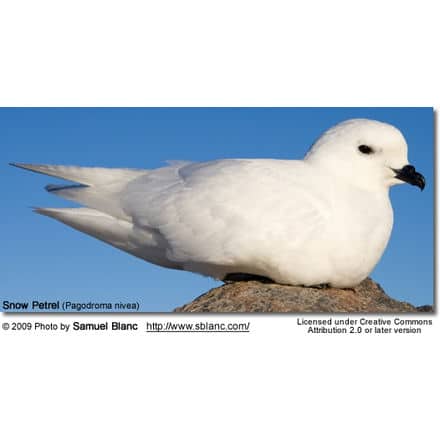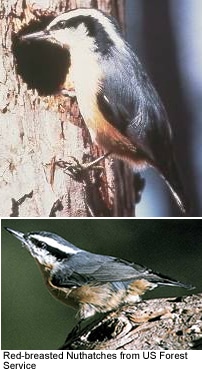Common Hawk-cuckoos
The Common Hawk-cuckoos Cuculus varius also popularly called the Brainfever bird is a medium-sized cuckoo resident in South Asia. It is called a Hawk-cuckoo because of its resemblance to the Shikra hawk. It is a brood parasite, laying its eggs in foster nests.
Distribution
The Common Hawk-cuckoos occurs in Punjab, Pakistan east across most of the Indian peninsula from about 800m in the Himalayas south; Bangladesh; Sri Lanka. It is generally resident but where occurring at high altitudes and in arid areas is locally migratory.
Its habitat is dry deciduous forests, mostly occurring singly.
Description
The Common Hawk-cuckoos is a medium to large-sized cuckoo, about the size of a pigeon (ca. 34cm). The plumage is ashy grey above; whitish below, cross-barred with brown. Broadly barred tail. Sexes alike. When flying into trees, they resemble sparrowhawks (Shikra) and upon landing on the perch they shake their tails from side to side.
During summer months, the call is easily detected by its repeated calls: a loud, screaming dee dee dit, repeated with monotonous persistency 5 or 6 times, rising in crescendo and ending abruptly.
This in its various interpretations provides alternative names: brain-fever (English) or pee kahan (Hindi, “Where’s my love”) or chokh gelo (Bengali, “my eyes are gone”) and pass all (Marathi, “the rains are coming”).
Heard all through the day and frequently during moonlit nights. Common Hawk-cuckoos feed on hairy caterpillars and other insects, berries wild figs, etc.
Nesting
Like many other cuckoos, this species is a brood parasite, preferring babblers.
Its breeding season is March to June, coinciding with that of Turdoides babblers and Garrulax laughingthrushes. A single egg is laid in each nest, blue, like that of the host. The hatchling evicts the eggs of its host and is reared to maturity by foster parents.




